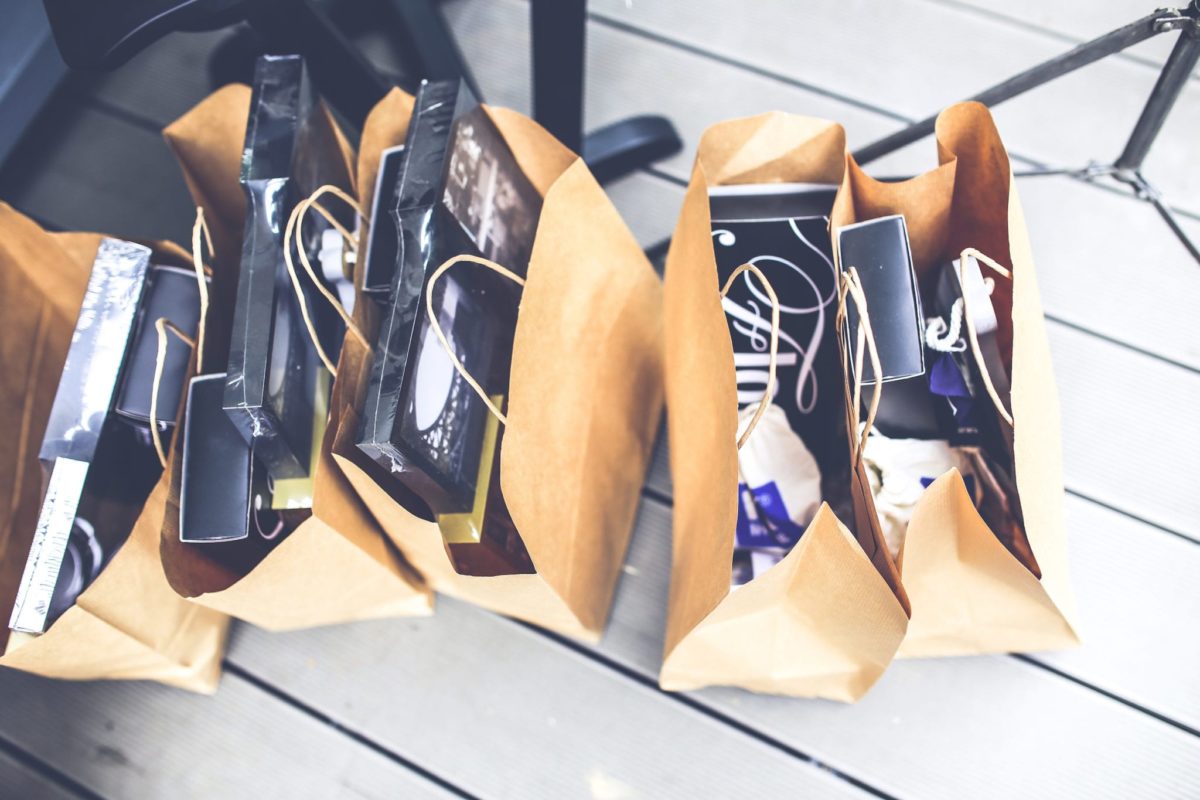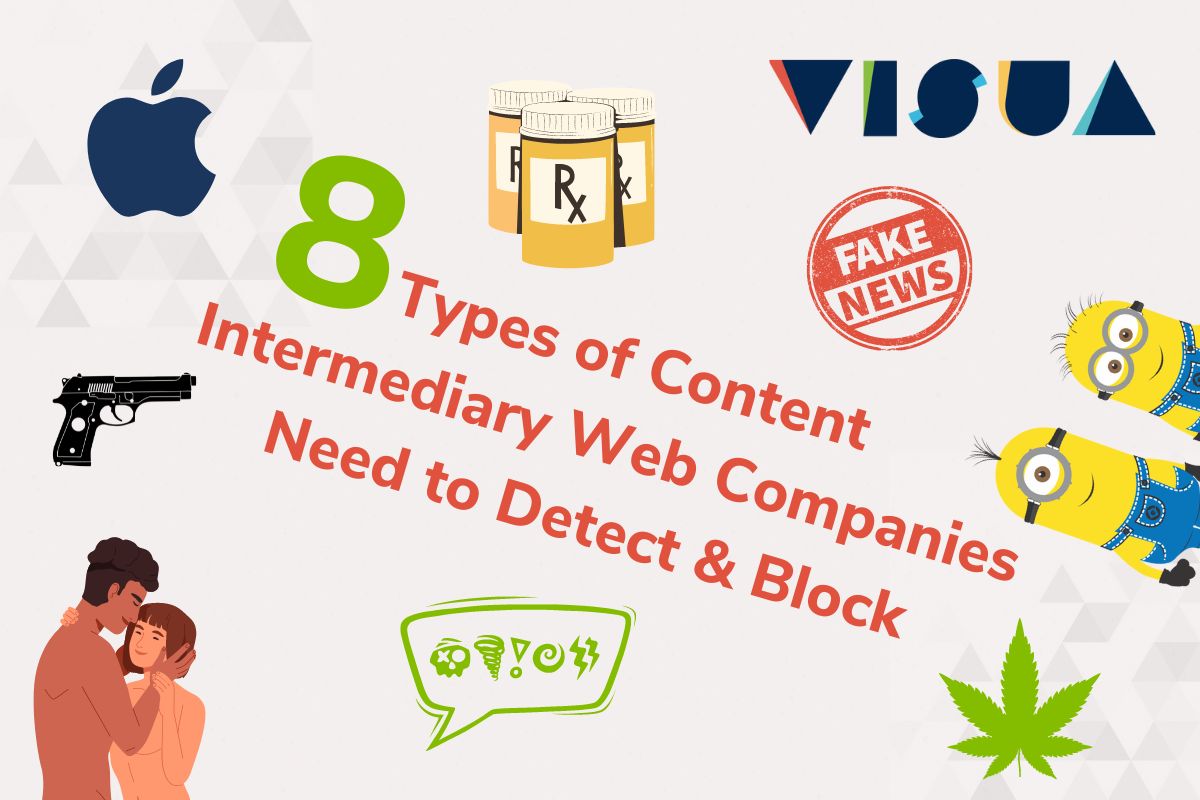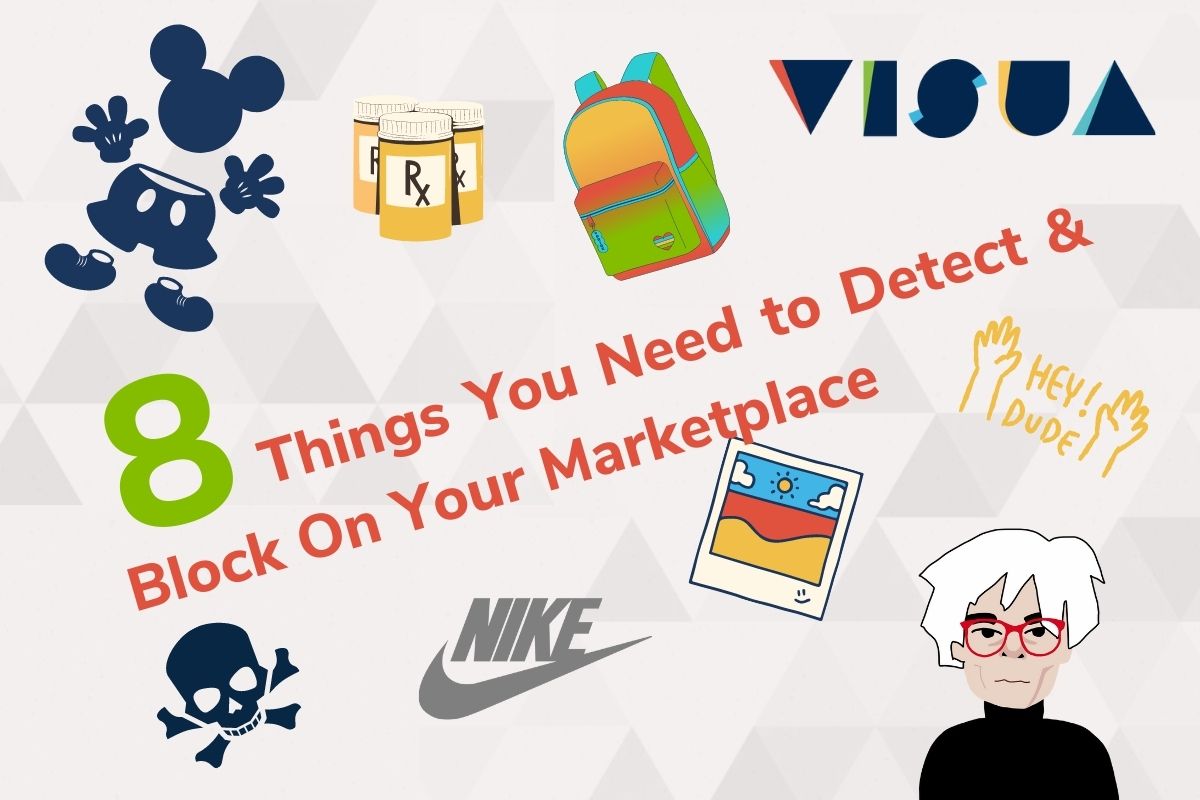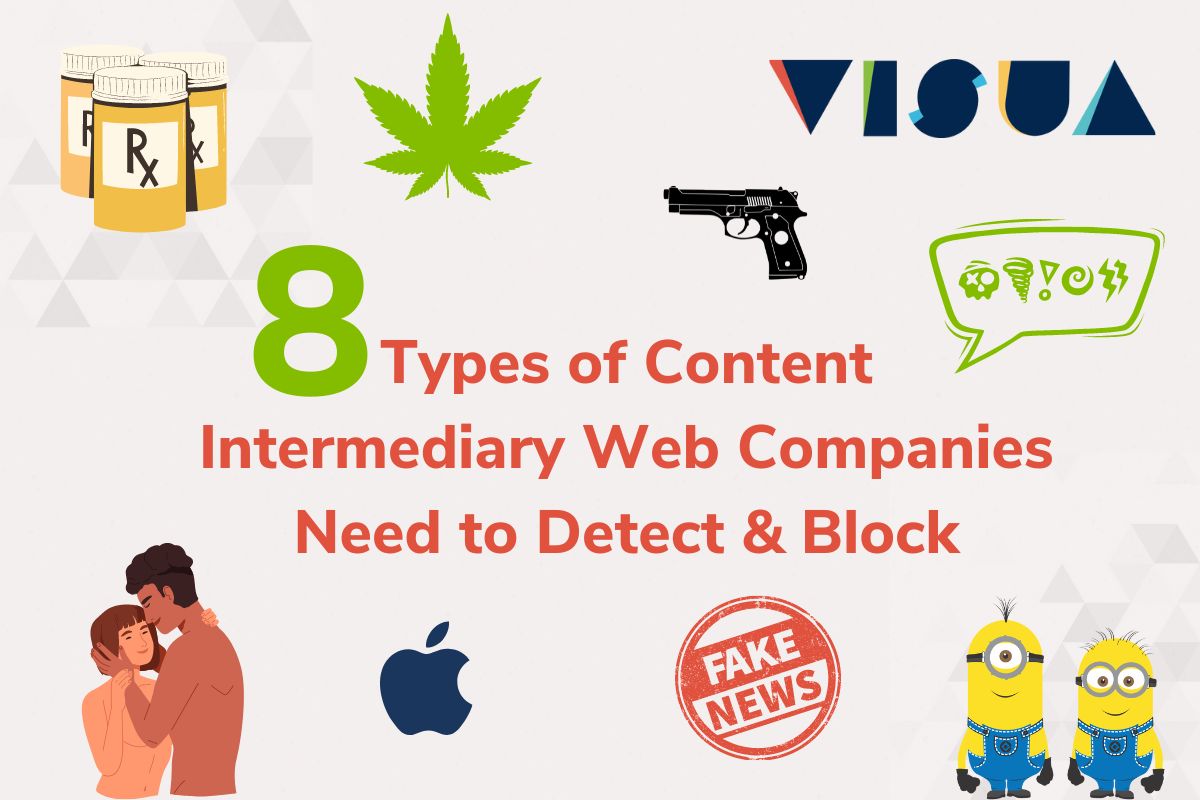Protecting Your Brand From Counterfeiting at Christmas time
Counterfeits at Christmas Time
It’s that time of the year again! This Christmas season, heaps of counterfeits are just waiting to be purchased from e-commerce stores as consumers are frantically ordering their gifts, hoping they will arrive in time for December 25th. And for e-commerce customers, Christmastime can indeed be a stressful one, particularly when they are buying presents for all their friends and family members while also trying to avoid the countless fakes they encounter along the way.
But don’t just take our word for it. Research recently carried out by MarkMonitor suggests that 45% of shoppers are concerned that they might accidentally purchase fake goods during the Christmas season. Additionally, almost ⅓ have been tricked into buying a counterfeit product, despite 91% saying they wouldn’t intentionally purchase one as a Christmas gift. This isn’t just a worrying prospect for customers, it’s also troubling for the legitimate brands that sell their products on various e-commerce sites, not to mention the e-commerce sites themselves.
Clearly, the state of the counterfeiting industry as it stands is becoming almost impossible to predihttps://www.markmonitor.com/brand-protection-domain-management-resources/press-releases/release/nearly-half-of-consumers-fear-buying-counterfeit-holiday-giftsct and even more difficult to control. According to the 2018 Global Counterfeiting & Trademark Infringement Report, the amount of global counterfeiting reached $1.2 trillion in 2017 and it’s estimated that it could reach an overwhelming $2.3 trillion by 2022. When it comes to counterfeiting, it’s important for brands and online marketplaces to prioritize everyone’s protection, including their own, as we are all affected by fakes in some way.
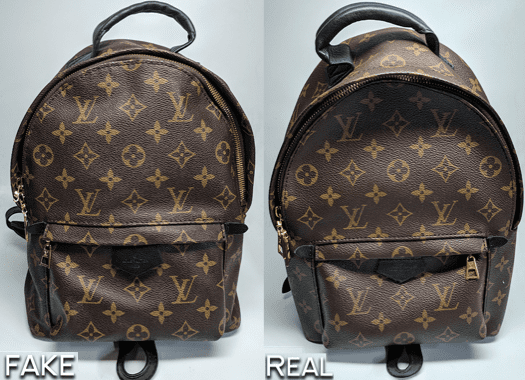
The counterfeiting epidemic
Clothing brands are among the worst affected by the sale of fakes. In 2017, the EU’s external border detained over 31 million counterfeit products with a street value of over €580 million and clothes were in the top five detained categories. The sport shoes category continues to be the most counterfeited item.
One clothing brand decided to take matters into their own hands. Recently the brand Diesel acquired a DEISEL trademark when opening a counterfeit “DEISEL” pop-up shop in New York. They wanted to protect the brand’s intellectual property rights so they sold versions of their clothes displaying misspelt slogans at counterfeit prices. This merchandise sold out within days, which sheds some light on how consumers interact with fake products. It shows how easily consumers are willing to sacrifice quality and legitimacy for a bargain.
And it doesn’t stop there.
The dangers of counterfeits
Earlier this year, a Guardian investigation found that Amazon’s Marketplace platform was full of potentially dangerous counterfeit items and other fake goods despite the company spending years attempting to deter counterfeiters on their site.
Unfortunately, it gets worse. Buying counterfeit products this Christmas could fund a slew of criminal activities. According to KPMG , professional service company and one of the Big Four auditors, 39 cases involving more than £116 million worth of counterfeit goods have been prosecuted in Britain over the past two years. The company has warned UK consumers to be watchful of counterfeits during the Christmas period as buying them could result in them funding organized criminals in human trafficking, drug smuggling, or even terrorism. Affirming this, The Police Intellectual Property Crime Unit (PIPCU) has revealed that counterfeit items are often produced by victims of forced labor.
The fact that these fake products could not only be harmful to the customers that purchase them, but the sellers behind these products could even be involved in heinous criminal activities, makes preventing and eliminating counterfeits all the more necessary in the coming years.
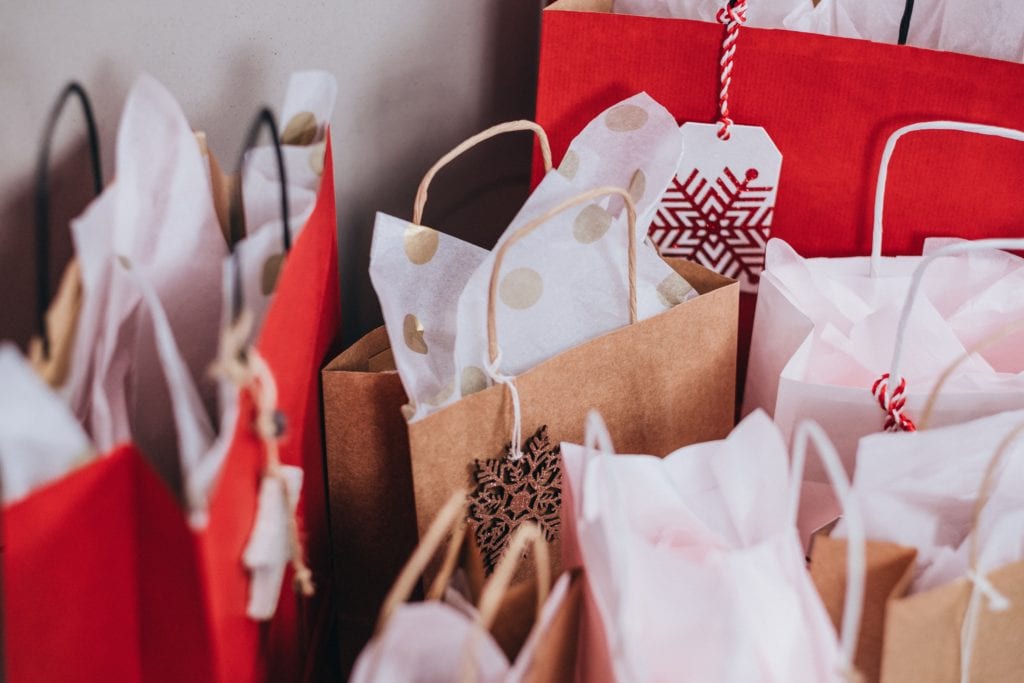
What can be done?
So what can e-commerce platforms and legitimate brands do about this? We all know that Brand Protection is important to ensure the legitimate brands that sell their products through online marketplaces are properly shielded from the damages caused by counterfeiters. But now counterfeiters are becoming increasingly innovative with their techniques and skills. Brands and e-commerce sites have to keep up with them. Not only that, but they need to be ahead of the curve in order to catch these criminals out. They need to be more innovative with their Brand Protection strategies than the counterfeiters.
Many e-commerce sites have Brand Protection strategies in place, but it’s no secret that counterfeiters are able to manipulate whatever systems they are using. So what else can they do? Using logo recognition technology to find and eliminate fakes could be the most efficient process for Brand Protection. Using a Counterfeit Detection solution that is based on Artificial Intelligence, manual input is no longer required. A logo recognition API integration can sift through large volumes of images uploaded to e-commerce sites to find these counterfeits. An item can be flagged once a suspected fake is detected to alert the site. From there, they can remove this counterfeit listing.
It’s estimated that 86% of consumers believe brands should be doing more to protect them from buying counterfeit goods. This isn’t good news for legitimate brands, illustrated by the fact that 44% of consumers warn family and friends about the brand after they purchase a counterfeit item, 25% stop purchasing the brand’s products, and 22% of these consumers’ perception of the brand is negatively affected. It’s clear that now is the time for legitimate brands and e-commerce sites to act. And fast. It’s more important than ever to keep this counterfeiting epidemic under control.
Book A DemoRELATED
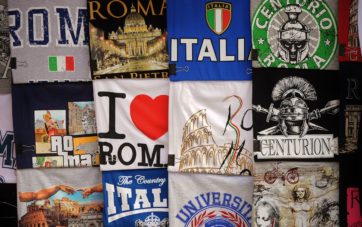 Why are print-on-demand companies at high risk of copyright lawsuits? Posted in: Brand Protection, Featured - Reading Time: 5 minutesVISUA’s research shows that many print-on-demand companies are not doing enough to protect themselves from potential lawsuits Print-on-demand companies enable designers and […]
Why are print-on-demand companies at high risk of copyright lawsuits? Posted in: Brand Protection, Featured - Reading Time: 5 minutesVISUA’s research shows that many print-on-demand companies are not doing enough to protect themselves from potential lawsuits Print-on-demand companies enable designers and […] The Benefits of Visual-AI in Brand Protection Posted in: Brand Protection - Reading Time: 4 minutesThe 5 Brand Protection benefits of using Visual-AI It’s been said for a number of years that Visual-AI is changing the game […]
The Benefits of Visual-AI in Brand Protection Posted in: Brand Protection - Reading Time: 4 minutesThe 5 Brand Protection benefits of using Visual-AI It’s been said for a number of years that Visual-AI is changing the game […] The European Digital Services Act – How it Affects you Posted in: Content Moderation, Featured - Reading Time: 6 minutesTLDR: The European Digital Services Act has been ratified into law by the European Union and will have wide-ranging implications for companies […]
The European Digital Services Act – How it Affects you Posted in: Content Moderation, Featured - Reading Time: 6 minutesTLDR: The European Digital Services Act has been ratified into law by the European Union and will have wide-ranging implications for companies […]
Eight Types of Content Intermediary Web Companies Need to Detect & Block to be Compliant with the European Digital Services Act
Reading Time: 7 minutesThe European Digital Services Act is a groundbreaking piece of legislation that aims to modernise the regulation…
Brand Protection Content Moderation Counterfeit Detection Trademark ProtectionEight Types of Content that Marketplaces & Ecommerce Sites Need to Block to be Compliant with the European Digital Services Act
Reading Time: 6 minutesThe European Digital Services Act is new legislation which aims to modernise the regulation of online businesses…
Brand Protection Content Moderation Counterfeit Detection Trademark ProtectionInfographic: 8 Types of Content Intermediary Web Companies Need to Detect & Block
Reading Time: < 1 minuteThe EU’s new Digital Services Act will, for the first time, hold online intermediary companies accountable…
Brand Protection Content Moderation Counterfeit Detection Trademark Protection
